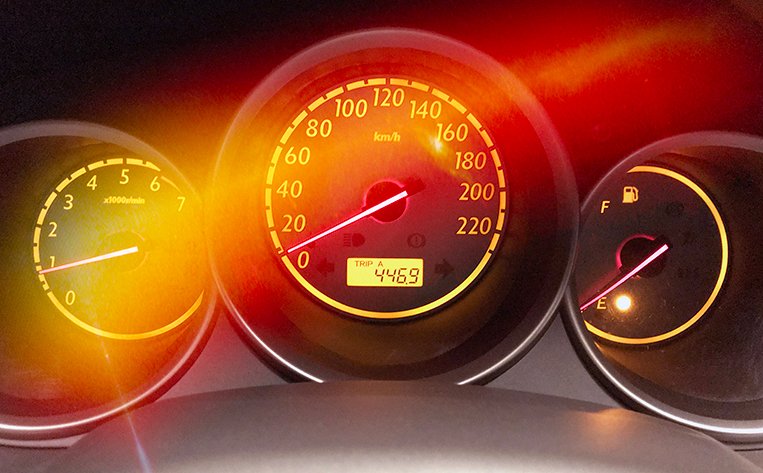
These days, with urban traffic being how it is, the everyday commute of any motorist can easily turn from a relaxing drive to a hellish ordeal without any warning. It also happens with such frequency that one has to plan ahead and leave earlier than he or she normally does. It’s even worse when there is no indication of how long the traffic congestion or journey will last, even with navigational aids like Waze and Google Maps.
If you’ve been driving for any bit of time, then you already know that there’s nothing more stress-inducing–particularly among novice drivers–than to get stuck in gridlock on a seldom-traveled highway and have your fuel level warning light come on. The best way to avoid getting into this situation, of course, is to fill up whenever the fuel gauge indicates a low reserve. For most vehicles, that means doing so when the fuel gauge needle is around the 4/5 to 7/8 mark—before the dreaded “you’re almost out of gas” alert lights up.
Most cautious drivers would hardly ever let that happen. However, fate isn’t always favorable. You get bogged down with one thing or another, then the warning light comes on, and you’ve still got a million places to go. Or perhaps you just love living dangerously and you like to gamble every so often by letting the light come on and having it stay that way for a while before refueling. Or maybe you just ran out of cash, and you forgot your ATM card at home. The question has certainly crossed your mind more than once in your motoring lifetime: Just how far can you still go before you need to fill up when the fuel warning light does come on?
A little deductive reasoning, basic math, conscientious record-keeping and some owner’s manual data can help ensure that you never fear running out of fuel ever again
The answer isn’t so clear-cut. Each vehicle will be slightly to markedly different, but a little deductive reasoning, basic math, conscientious record-keeping and some owner’s manual data can help ensure that you never fear running out of fuel and getting stranded ever again.
First, you need to know your vehicle’s fuel tank capacity, which is indicated in the owner’s manual. If you still do not know, now is a good time to stop reading and dig up your car’s manual.
Most compact cars with a 45-liter tank usually have anywhere from five to 10 liters left when the warning light comes on. It usually will be closer to 10 liters than less than five liters; but sometimes, as the car’s systems age, this may change. The third-generation Nissan X-Trail, for example, has a 60-liter tank, but the manual doesn’t say how much fuel is left when the fuel level warning is set off. It only states that “there is a small reserve of fuel in the tank when the fuel gauge reaches the empty (0) position.” At the end of this piece, we will tell you how to calculate for this factor.
Next bit of information you need to know is how many kilometers your car travels on one liter of fuel. This could be anywhere from a fuel-hungry 5km/L to a miserly 15km/L (or more). A higher number naturally translates to more distance traveled with less fuel. Whatever the number is, it is going to be the next most important detail to know as this determines the answer to the question. And it’s not difficult to find out. All you need is a working odometer, a fuel level gauge, enough funds to get a full tank of gasoline a few times, and a little time and patience to do the exercise.
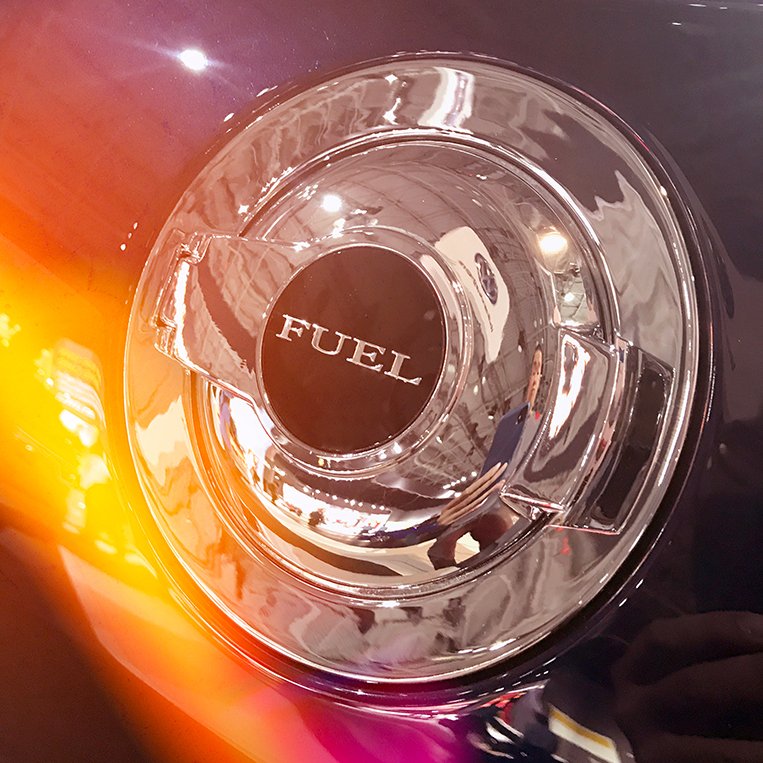
Next time you refuel, instead of filling up with only P500 of gasoline or diesel, whip out your wallet, look the fuel-station attendant in the eye, and declare: “Full tank po!” While the attendant is putting fuel into your tank, do either of the following: Reset the trip meter on your car’s odometer to zero, or simply make a note of the odometer reading if you have no idea how to tinker with the trip meter. Should you choose the latter, record the odometer reading on your smartphone, or jot it down on a piece of paper and keep it in a safe place (you’ll need it the next time you refuel).
The attendant might ask: “Sagad po ba (Do I fill it to the brim)?” Just say: “Automatic lang po.” Don’t forget to thank the attendant. Pay your dues and drive off as you normally do. If possible, double-check your trip meter and make sure it has been reset to zero (or ascertain that the odometer reading in your notes is correct).
Go about your usual routine until it’s time to refuel again. Look the gas attendant in the eye again, and then follow the exact same steps detailed above. But this time, make a note of the trip meter reading before you reset it—or write down the odometer reading again, if you’re employing the second method. Another extra thing you’ll have to do this time is get the amount of fuel that goes into the tank. List this down as well (you’ll see the significance in a bit).
What you do next will take you a few steps closer to knowing how far you can drive your car after your fuel level warning light has come on. Be attentive now.
Take the number of kilometers you’ve driven since your last fill-up, and then divide it by the number of liters that the gas attendant has put in this time. Let’s say you had driven 400km before you refueled, and it took 40 liters to refill your tank. The answer would be 10. It means that, on average, your vehicle travels 10km for every liter of fuel (or 10 km/L). Do this exercise over the course of several refills to get more data under various driving or traffic conditions. The more refills you include in the equation, the more accurate the figure will be.
Now that you have your car’s fuel consumption average, it’s time to determine the amount of fuel left in the tank whenever the fuel level warning lights up. Our tip is to gas up as soon as you notice this warning light. Remember the amount of fuel that has gone into your tank during this latest refill? Subtract this amount from the fuel tank capacity as stated in your car’s manual. If, say, you ask for a “full tank” and the attendant pumps in 50 liters of gasoline into the above-mentioned X-Trail, subtract this from the vehicle’s stated fuel tank capacity of 60 liters. The difference—10 liters—is more or less the average fuel reserve of the SUV in question. If you observe and calculate this several times, you will likewise get a more valid figure.
In this case, you already know the fuel consumption (10km/L) and the fuel reserve (10L). These two figures then allow you to estimate that your car will still be able to drive some 100km after the fuel warning light appears, before it starts limping to a halt.
Bear in mind that all of this is only an approximation, and your mileage may vary depending on traffic conditions. Of course, the best habit to develop is to always check if your car has more than ample fuel for the trip. We’re just saying you don’t always have to suffer from a panic attack whenever you detect that little yellow dot illuminating on your instrument panel. Chill. You’ll get to the next fuel station without having to ask the shirtless kanto boys for a push.

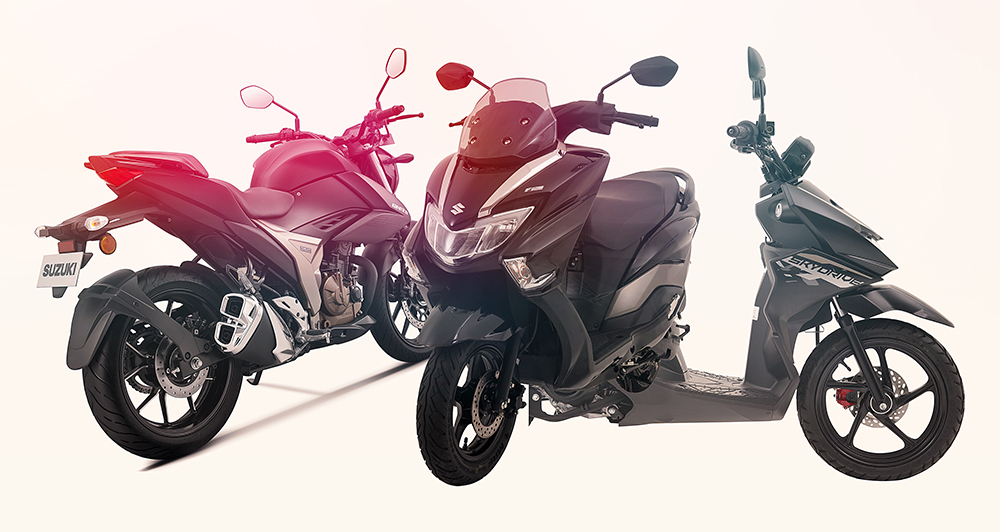
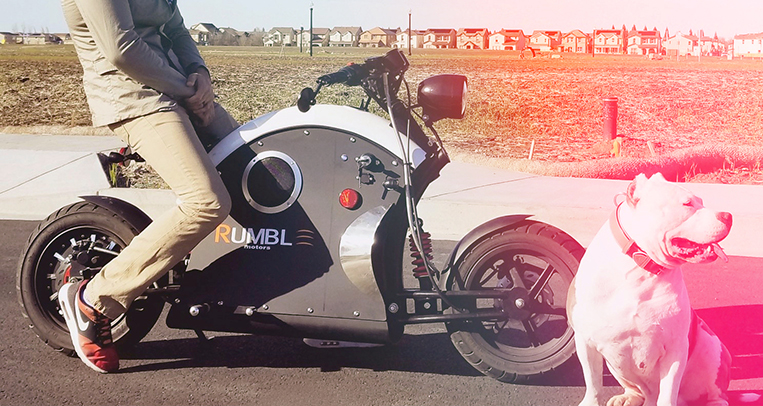
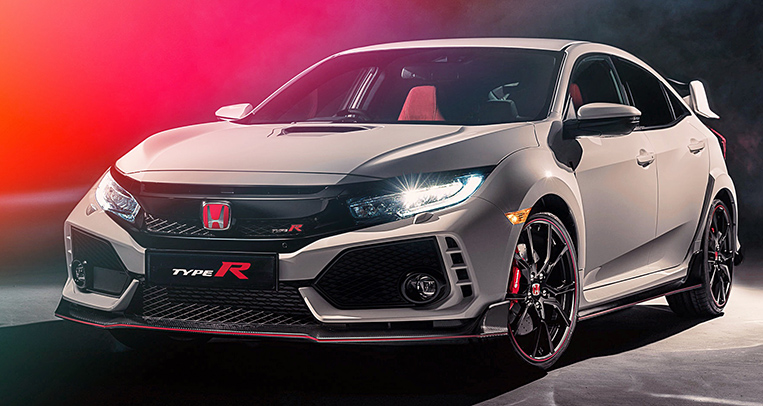
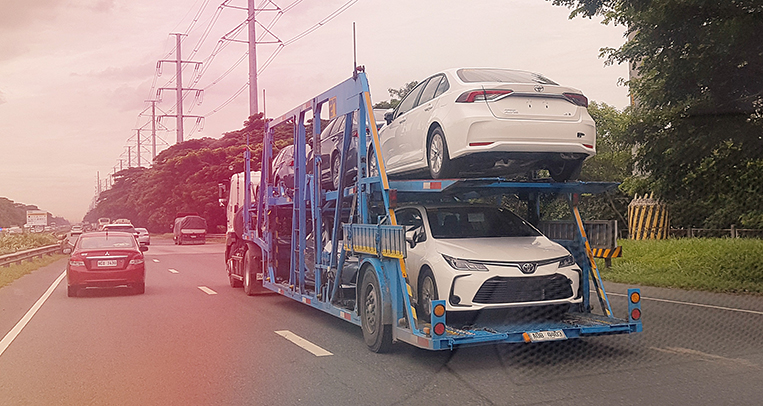
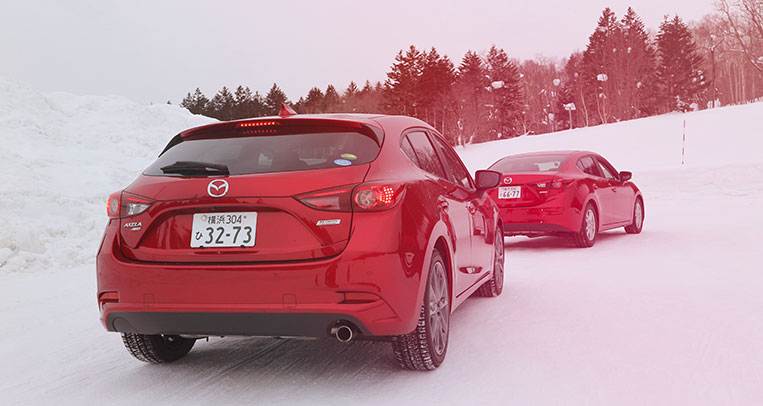




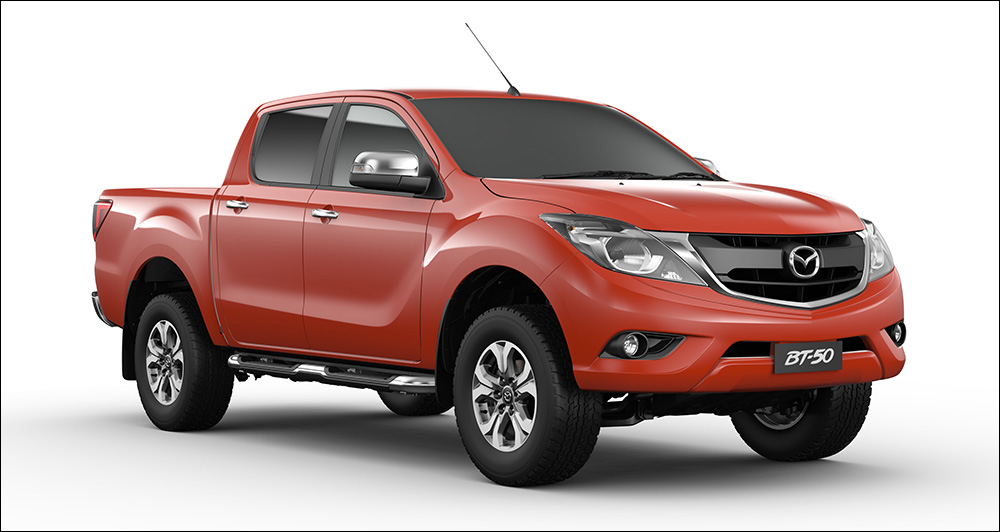
Comments